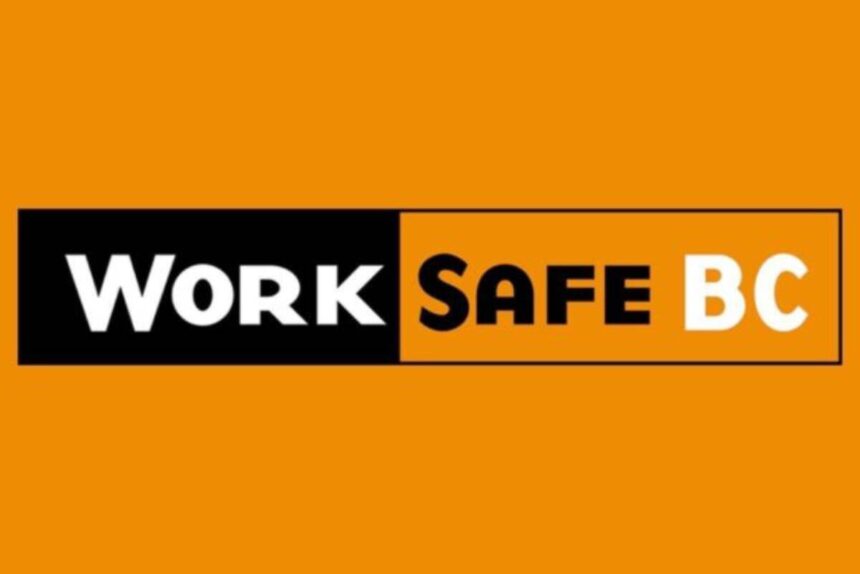In a development that has sent shockwaves through British Columbia’s healthcare administration sector, Interior Health has been hit with a staggering $780,000 penalty for serious workplace safety violations involving asbestos at a Kamloops facility. The fine, among the largest workplace safety penalties issued in the province this year, underscores the gravity of the health authority’s failure to properly manage this known carcinogen during renovation activities.
The violations came to light following an investigation by WorkSafeBC, which determined that Interior Health had proceeded with construction work at the facility without first conducting proper asbestos testing, despite knowing the building contained the dangerous material. According to the WorkSafeBC report obtained by CO24 News, workers “disturbed asbestos-containing materials” during renovations at the health authority’s administration building on Columbia Street.
“This was not a simple oversight but a significant failure in workplace safety protocols,” said Dr. Karen Mitchell, occupational health specialist at the University of British Columbia. “Asbestos exposure is directly linked to mesothelioma and other serious lung conditions that may not manifest for decades after exposure.”
The investigation revealed multiple troubling lapses in safety procedures. Interior Health reportedly failed to ensure hazardous materials were identified and safely removed before work began. Additionally, the health authority did not provide adequate information about asbestos-containing materials to the contractors performing the renovations, creating a dangerous situation where workers unknowingly disturbed the cancer-causing substance.
What makes this case particularly concerning for Canada News followers is that Interior Health, as a healthcare provider, should have been especially vigilant about workplace hazards. The organization is responsible for delivering healthcare services to over 750,000 British Columbians across the southern interior region.
The $780,432 fine reflects both the seriousness of the violations and Interior Health’s position as a major public institution. WorkSafeBC classified the violations as “high-risk,” noting that exposure to airborne asbestos fibers can lead to fatal illnesses including lung cancer, mesothelioma, and asbestosis.
Interior Health has 90 days to appeal the decision but has not yet indicated whether it plans to do so. In a brief statement, the health authority acknowledged the incident and stated it is “reviewing the details of the penalty determination.”
This case highlights ongoing concerns about asbestos management in aging Canadian infrastructure. Despite being banned in new construction, asbestos remains present in thousands of older buildings across the country, including many healthcare facilities built before the 1990s.
“This should serve as a wake-up call for all public institutions,” said Michael Torres, industrial hygienist and workplace safety advocate. “Proper asbestos management isn’t just about compliance—it’s about preventing tragic and entirely avoidable deaths decades down the road.”
The incident raises troubling questions about Interior Health’s workplace safety culture and risk management practices. As CO24 Business analysts note, the financial penalty, while substantial, may be less significant than the potential long-term liability and reputational damage to the organization.
As this story continues to develop, one question remains at the forefront: If our healthcare institutions cannot properly manage known workplace hazards, what does this suggest about their overall approach to safety and risk management in patient care environments?









